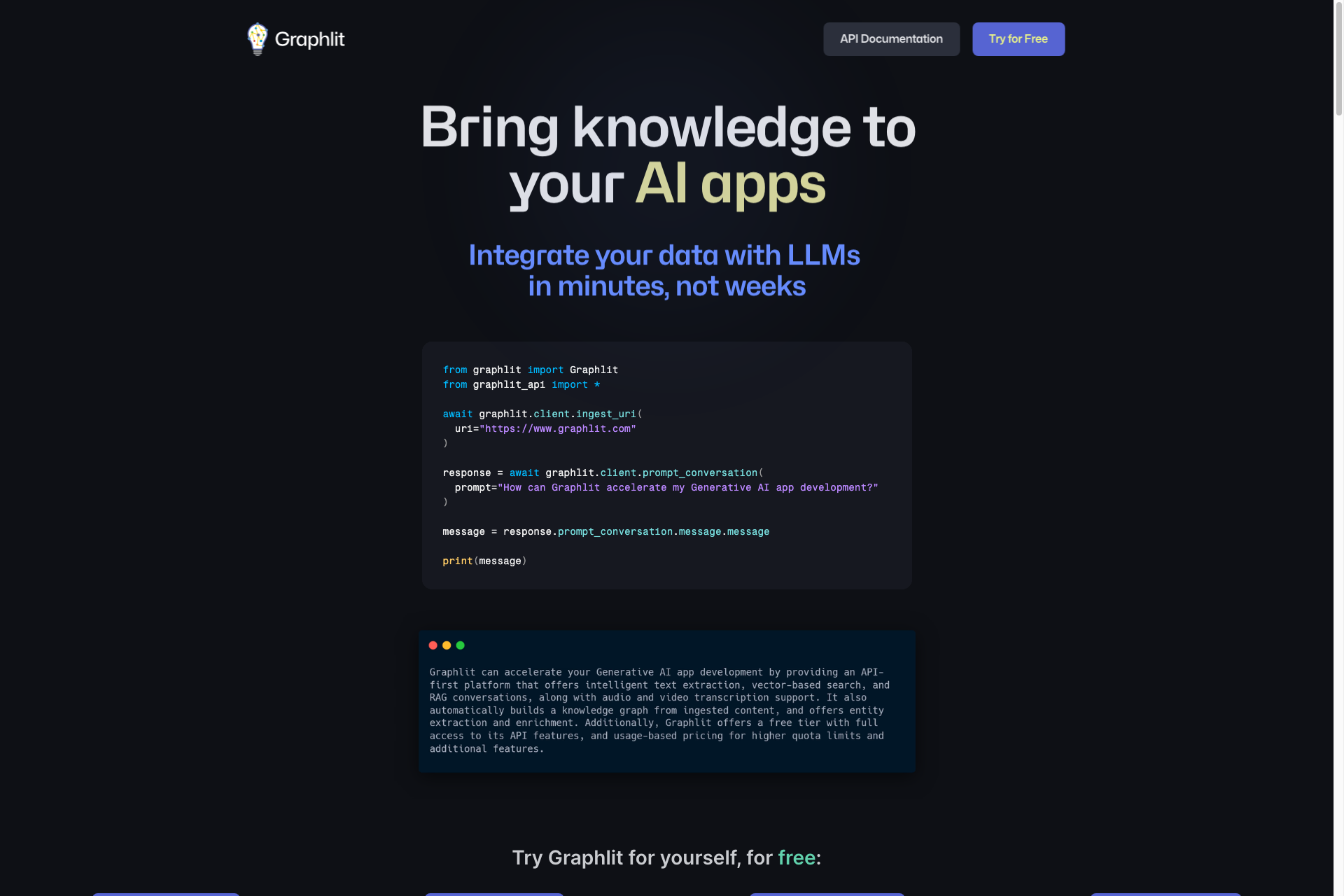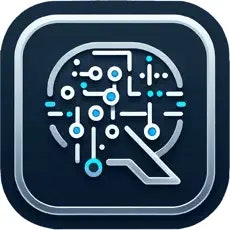Graphlit
Graphlit simplifies the development of intelligent AI apps and services. Compared to LangChain or LlamaIndex, which require the DIY combination of vector dbs, parsers and data pipelines, our managed platform lets you focus on building your app - not your data and AI infrastructure.

Related Products about Graphlit

Create & share your online advocate that knows and chats exactly like you by 1. Answering questions prompted by the chatbot to get a sense of who you are 2. Sharing your chatbot's link with friends & family

Supercharge your group chats with AI! AI Messenger lets users create group chats with friends where you can use AI to generate images and ask questions. Currently only available on iOS. Website is under development at https://instantmessenger.xyz

Craftverse is your ultimate B2B platform, connecting artisans, manufacturers, and brands across India. Explore AI-powered tools, a curated marketplace, eco-friendly packaging, and more.

The creative AI bot that turns your ideas into beautiful images. Available now on Telegram. Try It Now. fox in a mountain landscape, pixar.

Chatgpt italiano è un chatbot di intelligenza artificiale che utilizza i modelli linguistici ChatGPT-3.5

Quickly generate high-quality featured images with AI that match the content of your article. No code required.

Nikaru: Effortless Knowledge with AI Gemini. MCQs, handwritten text, multiple languages – all seamlessly handled. Your interactive AI ensures an engaging quest. Top web and AI results combine, while your data stays secure. Explore knowledge effortlessly ! 🌐🔍
